When it comes to fall protection PPE (personal protective equipment), is compliance with legal standards enough? Alfonso Fernandez of MSA Safety explains why it pays to go the extra mile when protecting your employees.
PPE standards make a vital contribution to safety at work, by legally enforcing a reasonable level of quality and capability for all products. However, they do have limitations. For example, can they cover every possible workplace scenario, keep up with rapid changes taking place in industry, and adapt quickly enough to take recent PPE innovations into account?
Certification and standards processes in fall protection PPE
To understand these issues, we should first consider the process for certification. All fall protection PPE needs to be legally certified. New products are independently tested and quality-checked by an accredited third party known as a ‘notified body’. The standards against which PPE is assessed are decided, in the case of fall protection, by a committee of specialists in this area.
Every five years, the committee decides whether to continue with the same certification standards for another five years or to update them. In practice, a standard typically lasts for ten years. Some standards may stay in place for 15 or 20 years. In that time, there is scope for many things to change in the workplace and the PPE market.
When updated standards are introduced, employers are allowed to continue using older PPE which was bought when previous standards applied, provided they follow the manufacturer’s instructions. They will still be complying with legislation, but they should think carefully about whether a newer product will be safer for their teams.
While legal standards may change slowly or not at all, constant developments and breakthroughs are being made by fall protection PPE manufacturers in terms of new technologies, materials and designs. In addition to improving safety, these advances bring practical and productivity advantages. To benefit from these, and to maintain safety as their highest priority, buyers should not always wait for the law to change before upgrading their PPE. At all times, they should seek to be more than just compliant.
Making the decision easier when choosing the right fall protection PPE
For many businesses and PPE buyers, there is no lack of willingness to comply, and more, with fall protection legislation. Their problem is with the complexity of the rules, the quantity of documentation, and the difficulty in fully understanding what it all means for real-life applications. Any change in standards can add to the confusion. Meanwhile, they may feel bewildered by the information and choices offered by competing PPE suppliers.
As a result, businesses might find it difficult to know whether they are compliant, whether new PPE would be beneficial, and what PPE products would best meet their needs. Insufficient knowledge, biased advice, or misinformation from others with an incomplete understanding of the issues, can lead to indecision or wrong decisions.
Thankfully, there are good sources of information on evolving legislation and innovations in fall protection PPE, if you know where to look. Trade associations, training agencies and health and safety organisations, for instance, can help to keep you up to date. Look out, in addition, for webinars and seminars on fall protection. It’s also well worth finding PPE suppliers who you feel you can trustfor impartial guidance on whether and how to upgrade. Amongst other support, MSA provides easy-to-understand fact sheets and publications on the key issues to aid awareness.
Capacity choices
One good example of an area with potential for misunderstanding is load capacity limits. The current EU standard for a body harness, which is an essential piece of fall protection PPE, is 100 kg. The user himself or herself may weigh under 100 kg, but we also need to consider the additional weight of heavy tools and other PPE. For this reason, MSA certifies its harnesses to 140 kg.
If the harnesses used by a business are several years old, they are likely to be certified to 100 kg. Their owner may be unaware that harnesses with the added safety factor of a 140 kg limit are now available and may therefore see no reason to upgrade.
When an old harness reaches the end of its service life, the owner will compare potential replacement products. Presented with two harnesses, both of which comply with the EU standard, he or she might logically choose the lower-priced product without looking for differencesin load capacity.
MSA’s other fall protection PPE products are similarly certified to 140 kg rather than the EU standard of 100 kg. They include fall arrest systems, such as self-retracting lifelines (SRLs). The same load capacity limit is applied to MSA temporary horizontal lifelines, tripodsandother anchorages. Clearly, all parts of a fall protection system need to have the same load capacity if weak links are to be avoided.
MSA provides clear and simple information with each product and system to help users understand how it should be used and in what circumstances. Crucially, this includes warnings on situations in which the load weight or other factors will make its use unsafe.
Time is money
A key gain to be made from upgrading fall protection PPE is savings in time. Every minute spent on activities other than the job in hand amounts to lost productivity. Donning, set-up, inspection and maintenance of PPE all take time. Any design improvement which reduces that lost time can be seen as an ongoing operational cost saver.Viewed from a different angle, any design improvement which makes safety procedures quicker and easier to perform helps ensure theyare alwayscarried out properly.
Correct use of a fall protection system is complicated by the interaction of its component parts. It may consist of, for instance, a harness, an SRL and a temporary horizontal lifeline. Each has a different set of features and functions, as well as its own certification. Each also has a user manual. Combining these elements optimally for each specific set of application circumstances can involve a lot of reading.
To simplify this process, MSA is now producing user-friendly system guidance, including charts with pre-calculated values, drawing together information from the separate manuals.This time-saving aid is available, for example, with MSA’s latest temporary horizontal lifeline.
The same product also illustrates how good design can save time on the physical setting up of a system. It can be deployed by a single worker, aided by its inbuilt, toolless locking and tensioning mechanisms. For absolute certainty, coloured indicators confirm when the device has been correctly locked and tensioned. The whole process is 75% faster than that of traditional cable systems.
A further bonus of clear guidance and simple procedures is that new users can learn to use a system very quickly. This saves on training time and budgets.
In addition, good design can simplify and speed up daily, pre-shift, annual and other periodic equipment checks and inspections. Combined with robust construction, it can also reduce servicing needs and downtime. MSA has developed quick maintenance procedures which allow some products to be routinely serviced in the field, rather than sent to a workshop.
Feelgood factors
The way PPE looks and feels is another area in which constant improvements are being made. The importance of these aspects must never be underestimated. Does the appearance of the harness and other PPE items worn by the worker make him or her feel awkward and self-conscious? Or has it been designed to make the wearer look and feel professional? Is it comfortable to wear, or is the user limited and distracted by it?
If the user doesn’t like wearing the item, there’s a risk that he or she will avoid using it – at least occasionally – and choose to work without protection. If its use causes discomfort or restriction of movement, the worker’s ability to carry out tasks effectively and safely may be compromised.
An important and worrying issue in this respect is that traditional PPE designs often fail to cater for the diversity of users. Workers’ sizes and body shapes vary greatly. There are also fundamental differences between men and women in terms of PPE design needs.
Arecent PPE survey1by the trade union Prospect highlighted this problem. It found, for instance, that 44.7% of female respondents but just 15.3% of male respondents reported poor-fitting overalls.This is just one simple example of a much wider difficulty which designers of fall protection and other PPE are working to address.
When comparing PPE products, you should think about the whole user experience felt by your employees – both shortterm and longterm. Does the PPE give a positive feeling, visually, ergonomically and comfort-wise? Does it help the wearer to do his or her job well? Do its design and operating features save time for the worker?
Is compliance enough?
Any consideration of fall protection measures should include a recognition that falling from heights is industry’s biggest cause of fatal accidents2 for workers.
Your fall protection PPE may be compliant, but does it have sufficient load capacity? Does it in any way hinder your workers and their productivity? Are they happy to wear it or are they sometimes tempted to skip its use? Could it be more robust? Is hanging on to your existing PPE, when improved products may now be available, a false economy?
MSA’s designers and engineers continue to push the boundaries of PPE durability and performance. The company regularly introduces new time-saving features, along with improvements in ergonomics, comfort and style. The result is a product range that does much more than comply with the latest legal standards – aimed at employers for whom safety is truly a priority.
To find out more, click here.

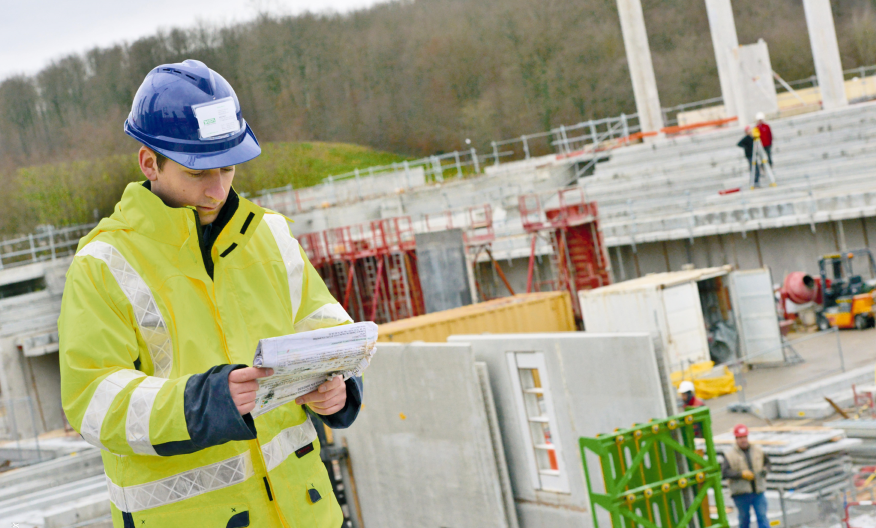
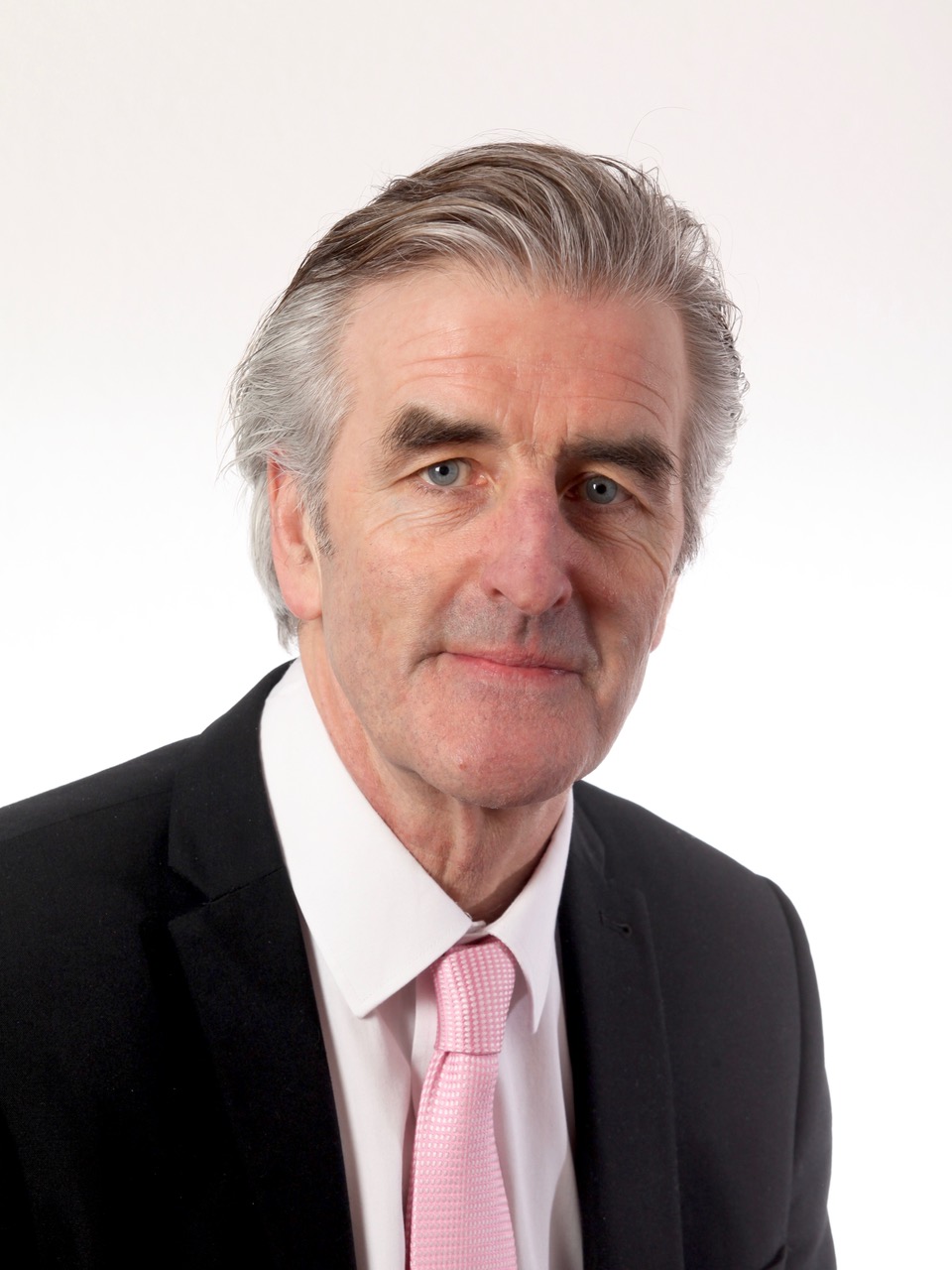
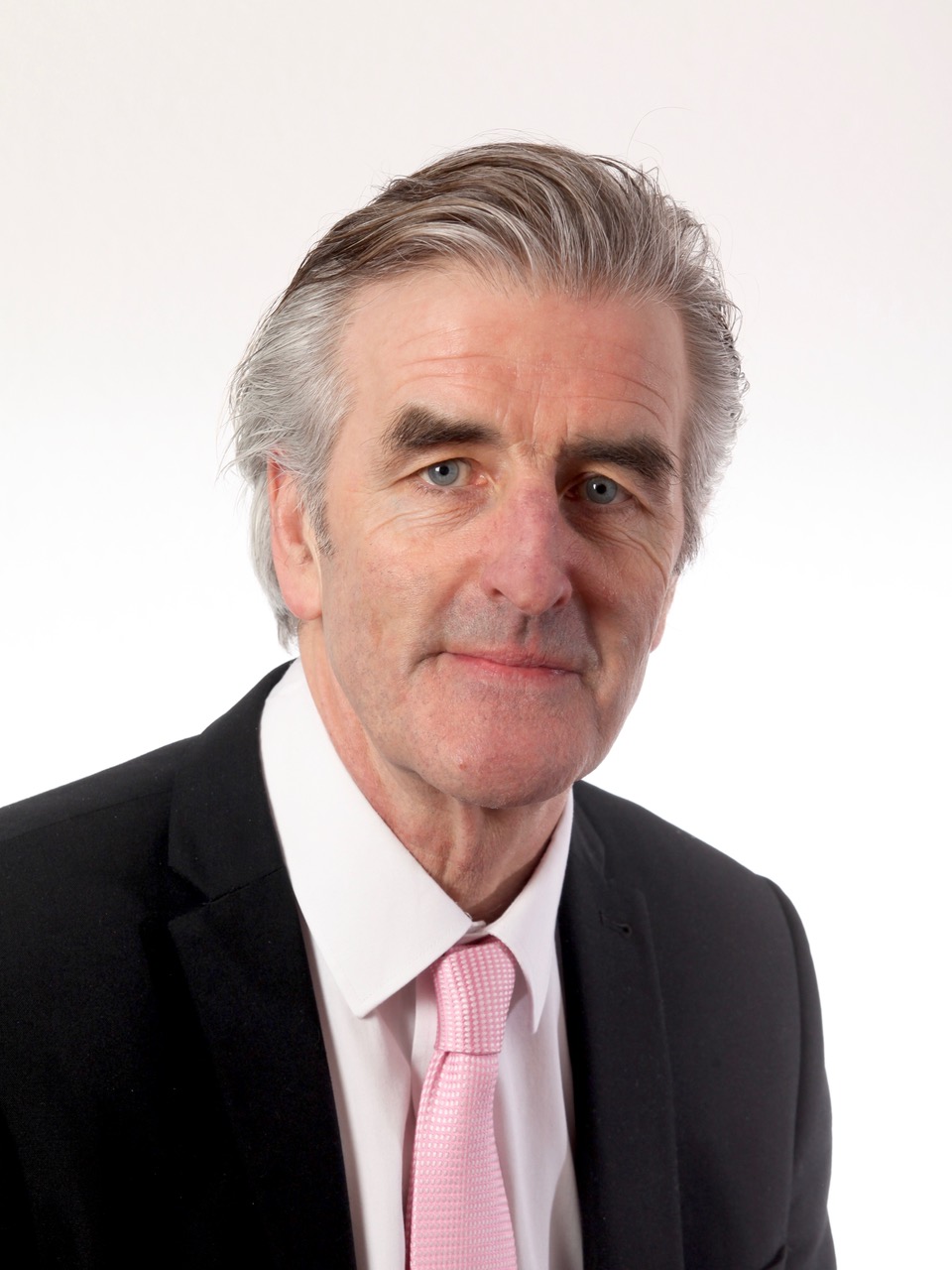
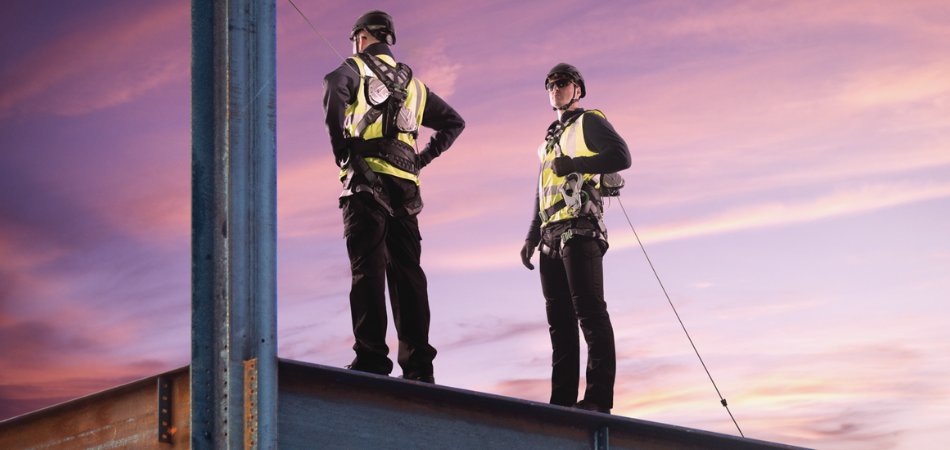
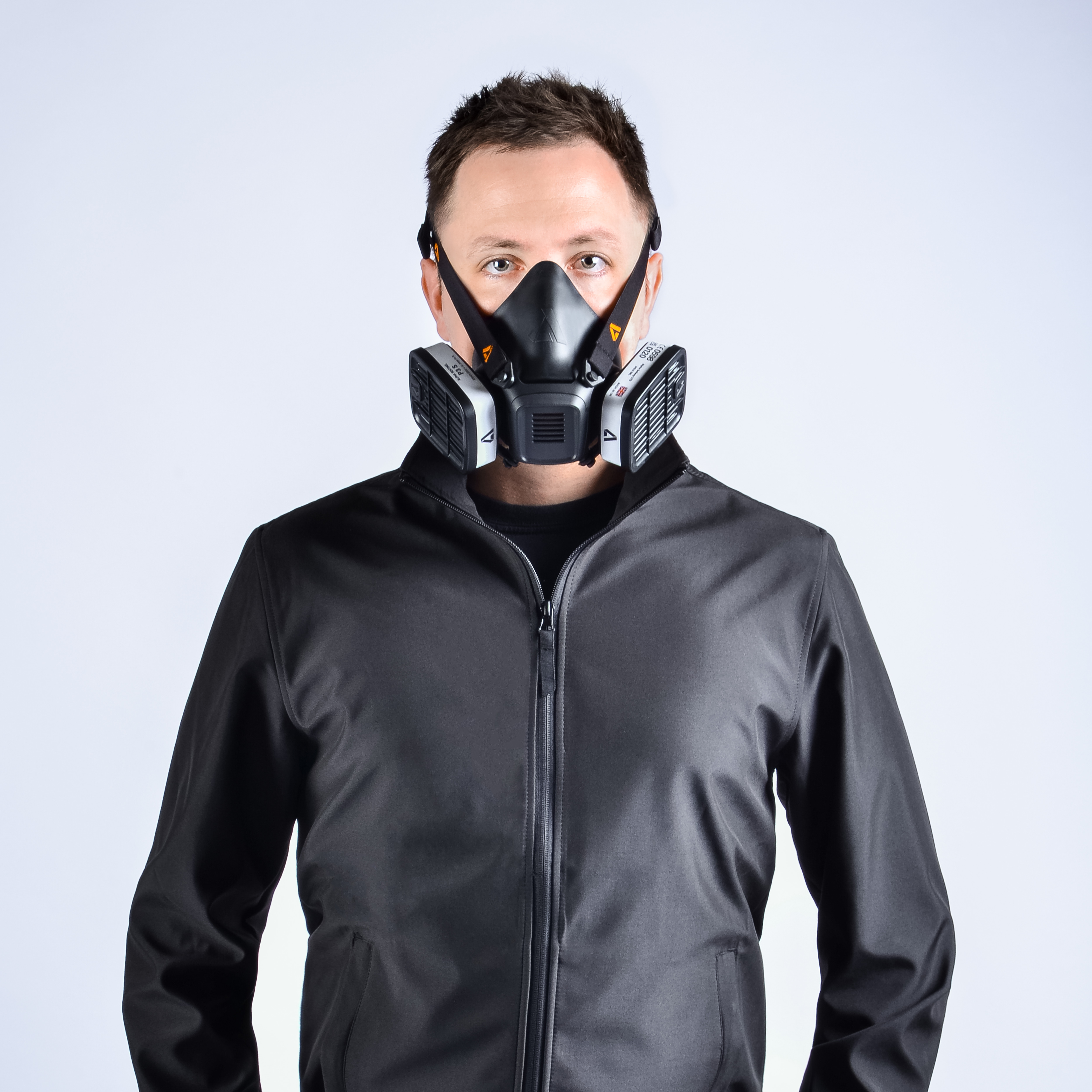

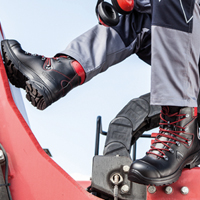 Simon Ash, UK Sales Manager at HAIX explores the history of safety shoes and how protective footwear has evolved.
Simon Ash, UK Sales Manager at HAIX explores the history of safety shoes and how protective footwear has evolved.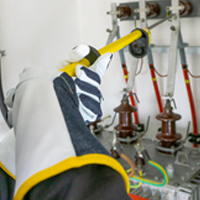 ARC flash clothing is being increasingly needed due to the rise in ARC flash hazards becoming more of a risk in many workplaces. Due to the high demand of electricity and power that we continue to use in our daily lives, it is important that electrical workers are full equipped to deal with an ARC flash hazard event should it occur in the workplace.
ARC flash clothing is being increasingly needed due to the rise in ARC flash hazards becoming more of a risk in many workplaces. Due to the high demand of electricity and power that we continue to use in our daily lives, it is important that electrical workers are full equipped to deal with an ARC flash hazard event should it occur in the workplace.